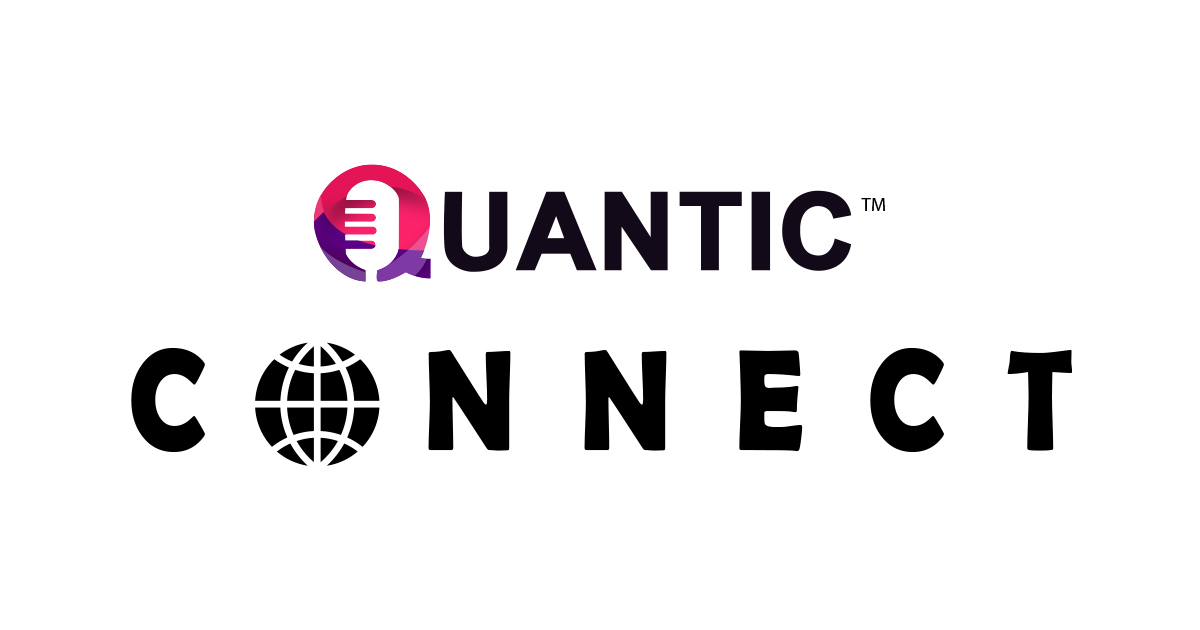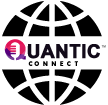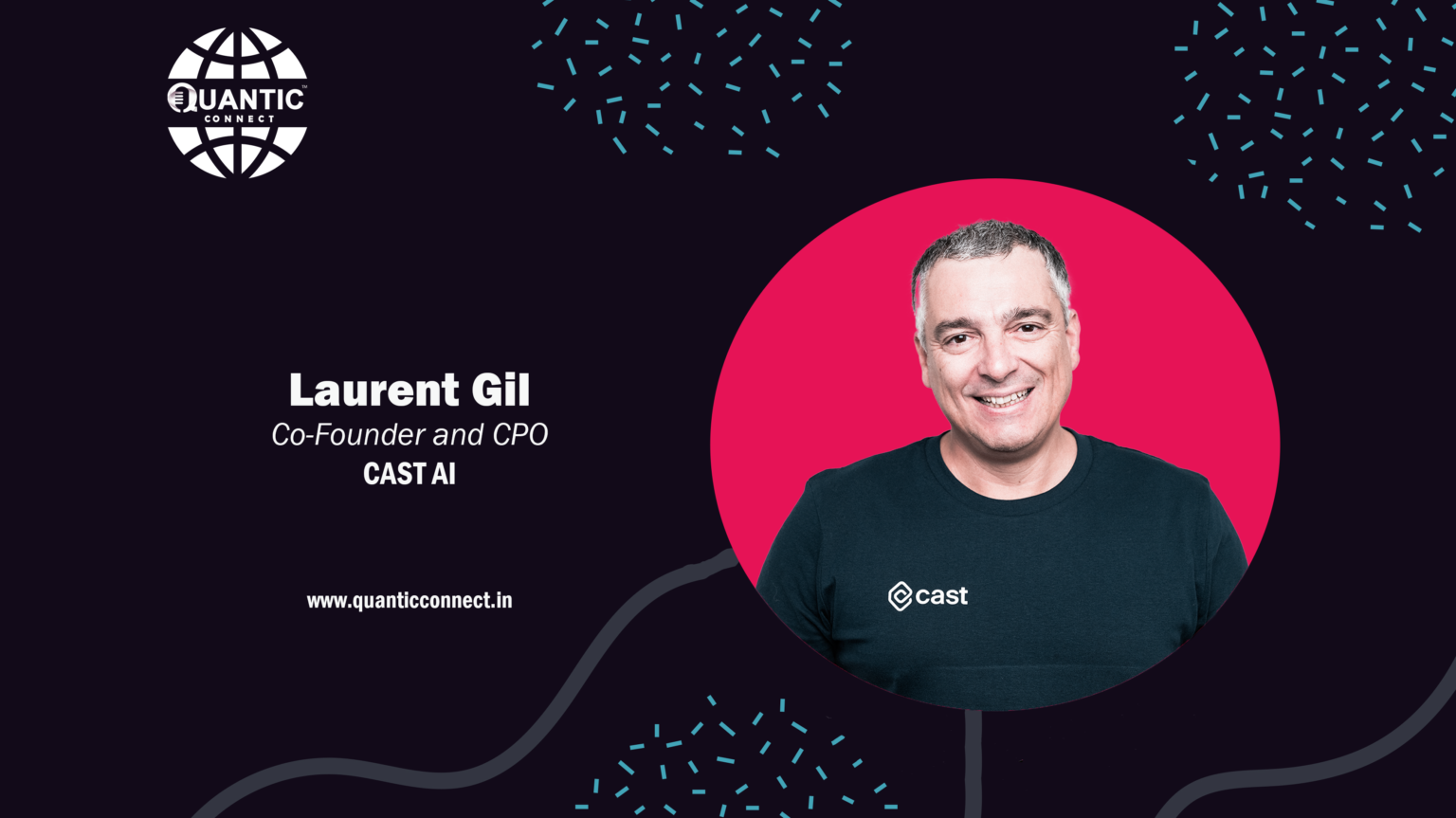Mumbai, September 5: In today’s rapidly evolving technological landscape, the paradigm of cloud computing has revolutionized our approach. From data storage to safeguarding critical information, the cloud has emerged as a pivotal safeguard for data integrity.
This advancement is accompanied by the growing costs associated with cloud computing. Cloud expenditures get out of hand for a variety of reasons, and this brings to the forefront the imperative of Cloud Cost Optimization.
Join Marquis Fernandes, Business Head – Quantic India, as he sits down with Laurent Gil, Co-Founder and CPO at CAST AI, to discuss this critical topic.
Cloud ROI has become a popular topic among leaders who have taken note of the growing complexity and cost of cloud computing. The market for cloud cost management and optimization tools is growing in response to the need for greater control over cloud spending.
What, according to you, are some major problems that organizations face today when it comes to setting a budget for modern tech implementation?
Technology on its own is not sufficient for organizations to achieve their goals. To truly harness its potential, organizations need to seamlessly integrate it into their existing workflows. However, allocating resources for staff training or modifying processes can pose significant budgetary challenges. Introducing a new technology may also disrupt regular business operations, a risk that many businesses find difficult to quantify and budget for.
A great approach to mitigating these challenges is to implement automation solutions. Automation will significantly speed up the work of teams responsible for infrastructure management, eliminating manual tasks and thereby increasing overall efficiency. This will make the adoption of new technology less disruptive and more cost-effective.
How does your organization approach cloud cost optimization to ensure efficient resource utilization while maintaining performance and scalability?
CAST AI was born out of our frustration with the existing state of cloud cost management and optimization tooling, especially for dynamic cloud-native technologies like Kubernetes. When running our previous business (Zenedge Inc., acquired by Oracle in 2018), we faced a growing cloud bill each month and no way to gain control of it, not to mention reduce it.
I believe that cloud cost optimization is a real-time exercise that needs to adjust infrastructure resources in line with dynamic changes in application demand. This is why automation is the only way to optimize cloud costs that makes sense, especially for Kubernetes setups. Many of our customers in India came to us because they were struggling with cloud costs getting out of control. Some needed monitoring and automation in managing Kubernetes; others were looking for an automated solution to optimize their cloud expenses. For example, India’s largest homegrown social media company, ShareChat, was looking for a solution that would help optimize the company’s massive Kubernetes deployment, streamline autoscaling capabilities, and improve resource usage. They achieved million-dollar savings and significantly reduced engineering workload thanks to the automation features of CAST AI.
What is Kubernetes Cost Optimization? Understanding the benefits and challenges
Operating Kubernetes is very costly, with common problems such as overprovisioning and a lack of appropriate scaling capabilities. Teams should consider costs as soon as possible because doing so can save a substantial amount of money and prevent the spread of harmful practices.
When it comes to Kubernetes cost optimization, it’s tricky to rely on manual strategies for controlling these expenses. Typically, they are time-consuming, error-prone, and challenging to maintain.
That’s why more and more teams are turning to automated cost management solutions that save time and allow engineers to focus on what matters most to the business. GenAI and Predictive AI have enabled extensive automation in the management of Kubernetes.
An automation solution:
- Identifies the most cost-effective instance sizes and varieties to meet the needs of your applications, including GPUs and exotic compute resources when required.
- Automatically scales up and down your cloud resources to meet demand surges.
- Eliminates resources that aren’t in use.
- Manages spot instances and gracefully handles potential interruptions using smart predictive AI.
- Implements all changes in real time, mastering the point-in-time nature of cloud optimization.
What are the features and capabilities of the CAST platform, and how do they enhance resource allocation, cost-effectiveness, and operational efficiency?
CAST AI is a comprehensive automated Kubernetes management platform that covers two areas:
Automated cost optimization: replacing Recommendations with Automation
- Cost savings analysis – CAST AI analyzes a Kubernetes cluster and delivers a custom savings report. You are one click away to reduce your cost.s.
- Using AI, automated resource provisioning, decommissioning, and autoscaling – The platform flexibly scales infrastructure up and down as needed without adding any extra work for engineers.
- Automated resource selection – Whenever a cluster needs more resources, the platform chooses the best instance type to meet the application’s requirements at a minimum cost, including GPUs.
- Spot instance automation – CAST AI automates the entire spot instance lifecycle to help companies leverage the massive cost savings this type of cloud resource brings. This includes falling back on on-demand instances when no spot instances are available to ensure continuity.
Cost management becomes significantly easier with automated cost optimization:
- Users get a real-time hourly, daily, weekly, and monthly overview of compute and network costs, as well as cost history for comparing the current and historical spend and improving forecasting
- Cost allocation capabilities – users can break down K8s expenses by clusters, namespaces, and workloads. They can also check their cost for selected periods of time, identify the most expensive namespaces, and see how they compare to the rest of the setup.
Can you help with some use cases where AI-driven optimization for cloud infrastructure management has yielded benefits for your clients?
- ShareChat achieved million-dollar savings and significantly reduced engineering workload by using the automation features of CAST AI.
- Branch saved millions of dollars by automating spot instance usage and maintaining reliability throughout the process.
- Iterable saved several millions of dollars on its Amazon Elastic Kubernetes Service (EKS) bill and improved cost transparency and control.
Ampeers Energy cut its cloud bill by 33% just by using automated instance selection and scaling.
To know more about us / publish your article, reach us at
www.quanticindia.com
marquis@quanticindia.com



